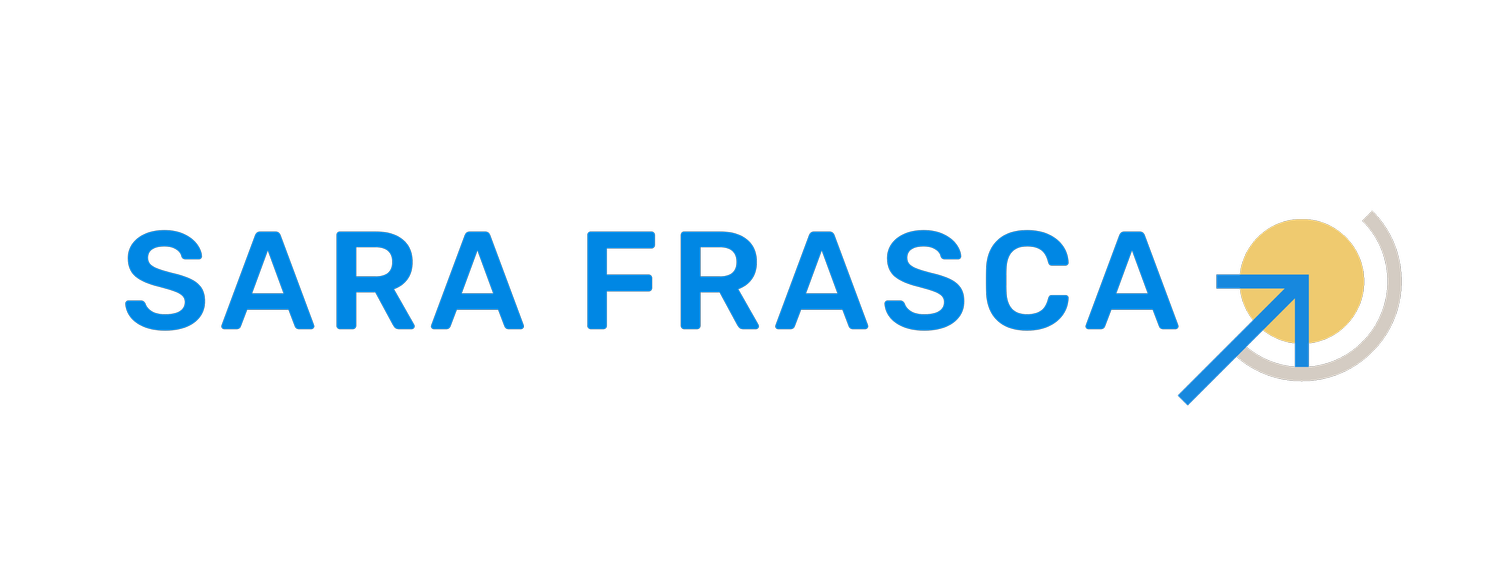The Innovation Mindset: Turning Everyday Challenges into Opportunities
Innovation isn’t reserved for Fortune 500 boardrooms or tech startups in Silicon Valley—it’s a mindset that anyone can adopt to navigate life’s challenges with creativity and confidence. Whether you're leading a team, running a business, or managing a household, an innovation mindset allows you to transform everyday problems into opportunities for growth and improvement.
What Is the Innovation Mindset?
At its core, the innovation mindset is about shifting your perspective. Instead of seeing roadblocks as immovable obstacles, you view them as catalysts for creative problem-solving. It’s about asking, “What if?” and “How might we?” rather than settling for the status quo.
In my experience working with global organizations and startups, the most successful leaders share a common trait: they embrace the unexpected and use it as a springboard for innovation. It’s not about being perfect—it’s about being adaptable, curious, and willing to take risks.
Common Workplace Challenges and How to Innovate Through Them
Innovation isn’t about grand, sweeping changes; it’s about the small shifts in thinking that lead to big results. Let’s explore some common workplace challenges and how you can apply an innovation mindset to overcome them:
Team Misalignment
The Problem: Teams are struggling to work toward a shared vision.
The Solution: Encourage open communication by hosting a “What’s Working, What’s Not” session. Reframe disagreements as opportunities to uncover fresh perspectives and innovative solutions.
Resource Constraints
The Problem: Limited time, budget, or manpower.
The Solution: Use the "constraints as creativity" approach—when forced to work within boundaries, you’re often pushed to think more creatively. Think of how you might “do more with less” by repurposing existing tools or skills.
Slow Decision-Making
The Problem: Bottlenecks are delaying progress.
The Solution: Implement a rapid prototyping mindset. Encourage teams to test and iterate on ideas quickly instead of waiting for perfection.
Lessons from Real-World Innovators
Some of the best lessons in innovation come from real-world mishaps. Here’s one of my favorite examples:
During a keynote presentation, I encountered a complete technical meltdown—the clicker didn’t work, and my slides refused to load. Instead of panicking, I turned the situation into an opportunity to connect more personally with the audience. I leaned into storytelling and humor, and by the end, attendees remarked how memorable the session was precisely because it wasn’t “perfect.”
Moments like these remind us that innovation often starts with embracing the unexpected and reframing setbacks as setups for success.
Practical Tools to Cultivate Creativity and Innovation
If you’re ready to foster an innovation mindset, here are three tools to get started:
The One-Three-One Approach
Identify one core problem, brainstorm three potential solutions, and commit to testing one immediately. This method keeps innovation focused and actionable.
Mind Mapping
Use a mind map to explore ideas visually. Start with a central challenge and branch out with creative solutions.
Reflect and Reframe
After every setback, ask: “What did I learn?” and “How can I approach this differently next time?” Reflection fuels growth and resilience.
The innovation mindset isn’t just a tool for solving problems—it’s a way of life. It’s about being open to new possibilities, challenging assumptions, and finding creative solutions where others see dead ends. Whether you’re navigating a workplace hurdle or a personal challenge, adopting this mindset will help you thrive in an ever-changing world.
